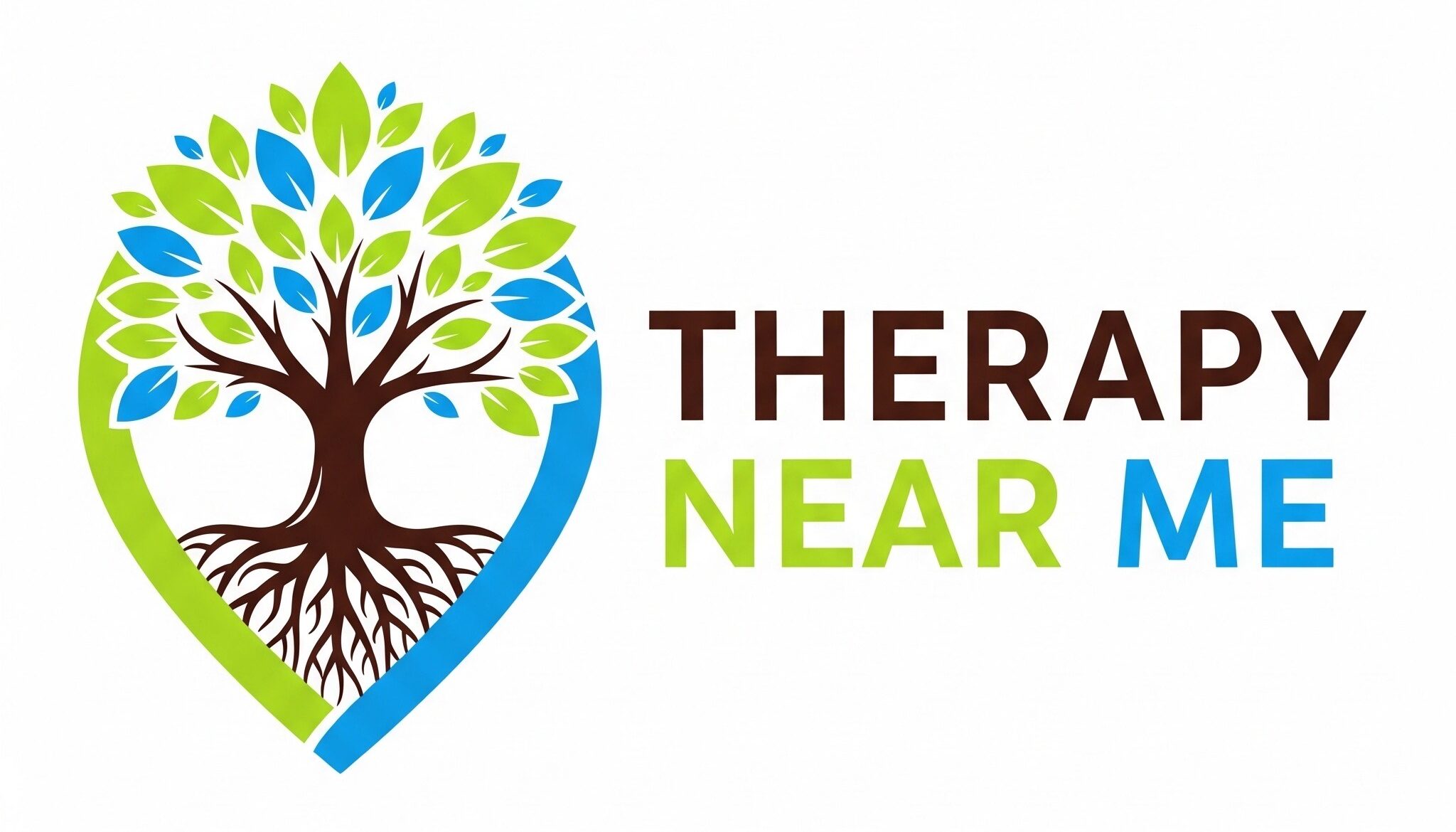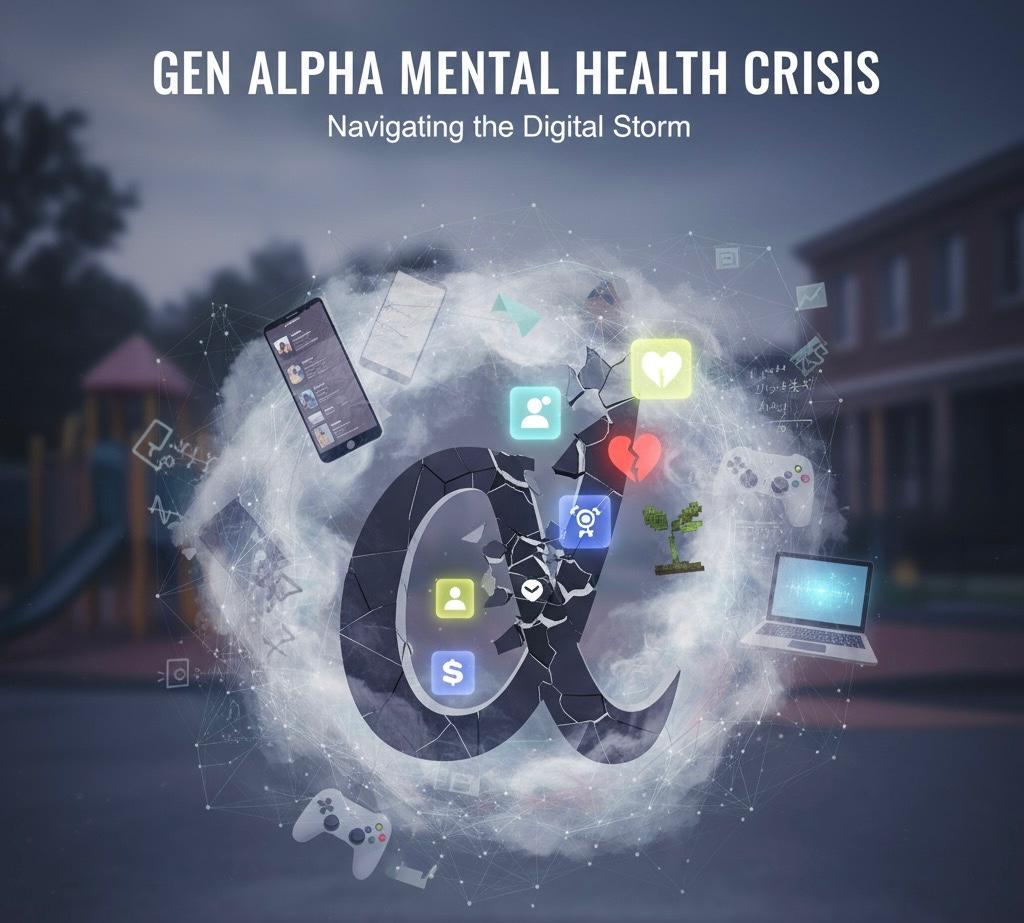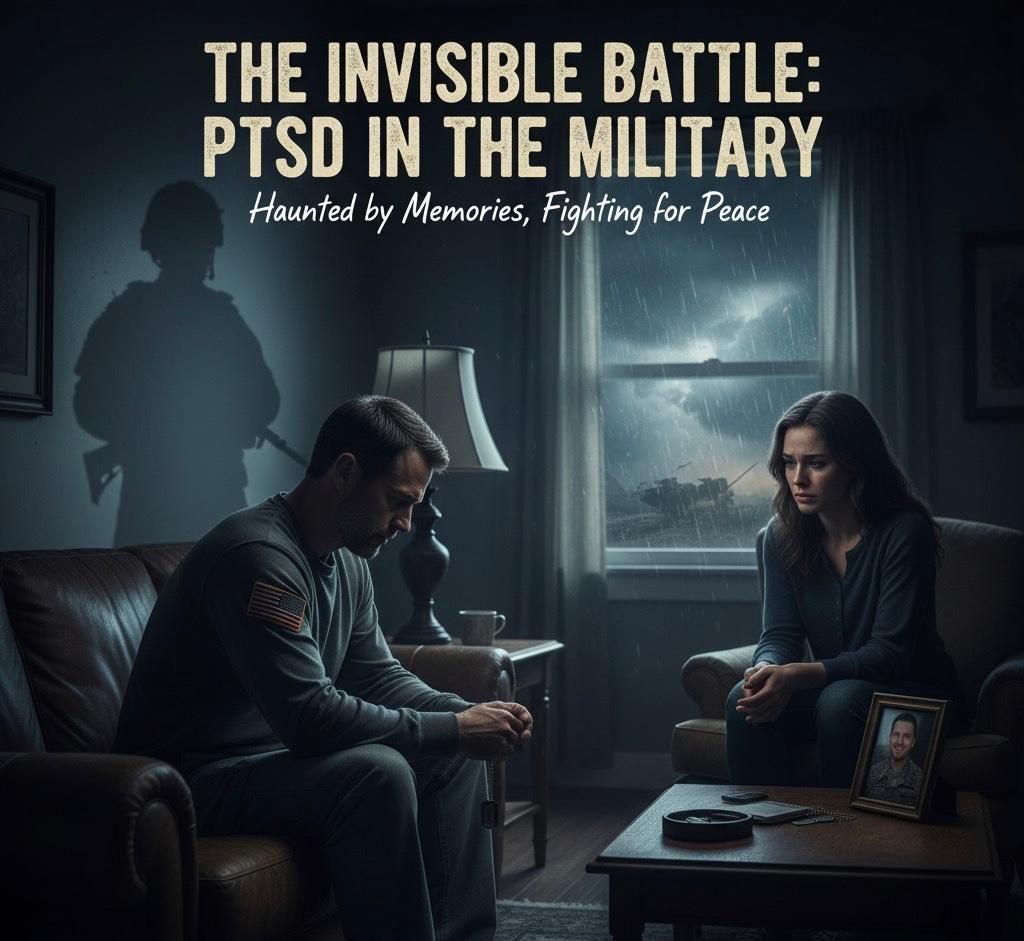Anxiety, a natural response to stress, can become a pervasive challenge in many individuals’ lives, manifesting in various forms that affect their daily functioning and well-being. Recognising the different types of anxiety disorders is crucial for effective diagnosis and treatment. This article explores the primary categories of anxiety disorders, as delineated by the Diagnostic and Statistical Manual of Mental Disorders, Fifth Edition (DSM-5), and supported by scientific research.
Generalised Anxiety Disorder (GAD)
Generalised Anxiety Disorder is characterised by persistent and excessive worry about various activities or events, often disproportionate to the actual likelihood or impact of the feared outcomes. Individuals with GAD find it difficult to control their worry, leading to symptoms such as restlessness, fatigue, difficulty concentrating, irritability, muscle tension, and sleep disturbances. The lifetime prevalence of GAD is estimated to be around 5.7% (Kessler et al., 2005, Archives of General Psychiatry).
Panic Disorder
Panic Disorder involves recurrent unexpected panic attacks—sudden periods of intense fear or discomfort that peak within minutes. Symptoms during an attack can include palpitations, sweating, trembling, shortness of breath, feelings of impending doom, or fear of losing control. Individuals may develop an ongoing fear of experiencing further attacks, leading to significant behavioural changes or avoidance of situations where attacks may occur (Kessler et al., 2006, Archives of General Psychiatry).
Social Anxiety Disorder (Social Phobia)
Social Anxiety Disorder is marked by a significant fear of social or performance situations in which embarrassment, rejection, or scrutiny are possible. This fear often leads to avoidance of social situations, impacting one’s social and occupational functioning. Individuals with this disorder are excessively concerned about being judged negatively by others. The estimated lifetime prevalence of Social Anxiety Disorder is 12.1% (Stein & Stein, 2008, The Lancet).
Specific Phobias
Specific Phobias involve an intense, irrational fear of, or aversion to, specific objects or situations, such as heights (acrophobia), spiders (arachnophobia), or flying (aviophobia). Exposure to the phobic stimulus almost invariably provokes an immediate anxiety response, which may take the form of a situationally bound or situationally predisposed panic attack. Individuals often recognise that their fear is excessive or unreasonable but feel powerless to control it (Wardenaar et al., 2017, International Journal of Methods in Psychiatric Research).
Try our phobias self assessment
Obsessive-Compulsive Disorder (OCD)
Although classified under a different category in the DSM-5, OCD is often discussed in the context of anxiety disorders due to its anxiety-driven nature. OCD is characterised by the presence of obsessions (recurrent, persistent thoughts or impulses) and compulsions (repetitive behaviours or mental acts that an individual feels driven to perform in response to an obsession). These symptoms cause significant distress and interfere with daily functioning (Ruscio et al., 2010, Depression and Anxiety).
Post-Traumatic Stress Disorder (PTSD)
Like OCD, PTSD is categorised separately but closely related to anxiety. PTSD develops after exposure to a traumatic event and is characterised by symptoms such as re-experiencing the trauma (e.g., flashbacks, nightmares), avoidance of trauma-related stimuli, negative alterations in cognition and mood, and marked alterations in arousal and reactivity (e.g., being easily startled) (Kessler et al., 2017, Psychological Medicine).
Conclusion
Understanding the various types of anxiety disorders is a critical step towards seeking appropriate help and treatment. Anxiety disorders can profoundly impact an individual’s quality of life, but with the right support and interventions, it is possible to manage the symptoms and lead a fulfilling life.
Take this quick online self assessment
References
- Kessler, R.C., Chiu, W.T., Demler, O., & Walters, E.E. (2005). Prevalence, severity, and comorbidity of 12-month DSM-IV disorders in the National Comorbidity Survey Replication. Archives of General Psychiatry.
- Kessler, R.C., Berglund, P., Demler, O., Jin, R., Merikangas, K.R., & Walters, E.E. (2005). Lifetime prevalence and age-of-onset distributions of DSM-IV disorders in the National Comorbidity Survey Replication. Archives of General Psychiatry.
- Stein, M.B., & Stein, D.J. (2008). Social anxiety disorder. The Lancet.
- Wardenaar, K.J., Lim, C.C.W., Al-Hamzawi, A.O., et al. (2017). The cross-national epidemiology of specific phobia in the World Mental Health Surveys. International Journal of Methods in Psychiatric Research.
- Ruscio, A.M., Stein, D.J., Chiu, W.T., & Kessler, R.C. (2010). The epidemiology of obsessive-compulsive disorder in the National Comorbidity Survey Replication. Depression and Anxiety.
- Kessler, R.C., Sonnega, A., Bromet, E., Hughes, M., & Nelson, C.B. (1995). Posttraumatic stress disorder in the National Comorbidity Survey. Archives of General Psychiatry.
How to get in touch
If you or your patient/NDIS clients need immediate mental healthcare assistance, feel free to get in contact with us on 1800 NEAR ME – admin@therapynearme.com.au.







